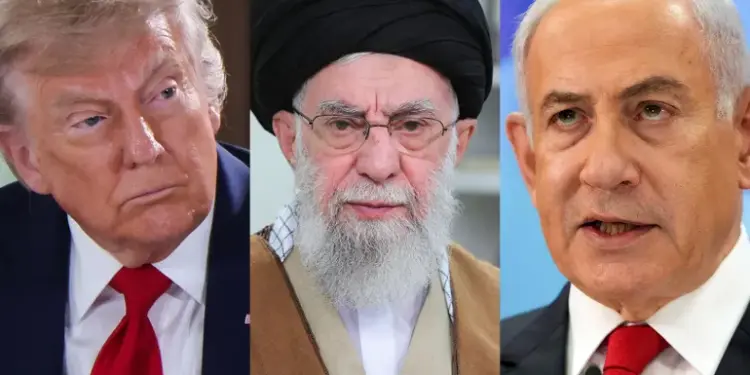Ayatollah Ali Khamenei came out of his silence this Thursday, June 26, 2025, a week after the entry into force of the Truce between Iran and Israel. In a video message widely disseminated through the state media, the Iranian supreme guide praised what he describes as “victory” of the Islamic Republic, while sending veiled but firm threats to the United States.
In a resolutely triumphal posture, Khamenei said that Iran had inflicted “a slap in the face of America” and that the Israeli regime had been “humiliated” by the Iranian resistance. He did not hesitate to present the end of clashes as a demonstration of the strategic power of Iran in the region. According to him, neither the strikes nor the American sanctions were able to slow down the military capacities of the country.
But behind these declarations, the discourse of the supreme guide is also part of a logic of deterrence. Khamenei warned that Iran would not remain passive in the face of possible new attacks. He recalled that his country keeps an eye on the American bases in the region and that any hostile action would be followed by “painful” reprisals. This martial tone is addressed as much to the international community as to Iranian public opinion, in a context of persistent tensions despite the apparent lull.
This message occurs while Iran leaves an intense military episode that mobilized its security and diplomatic apparatus. The Truce obtained thanks to regional mediation allowed a de -escalation, but the situation remains fragile. If the United States has not officially reacted to Khamenei’s words, Western chancelleries fear a new phase of instability.
In this tense context, the statements of the supreme guide mark a turning point: they temporarily close a cycle of direct confrontation, while leaving an explicit threat in the event of a revival of tension. An unstable balance, in which the speech of the Iranian leader continues to weigh heavy.








